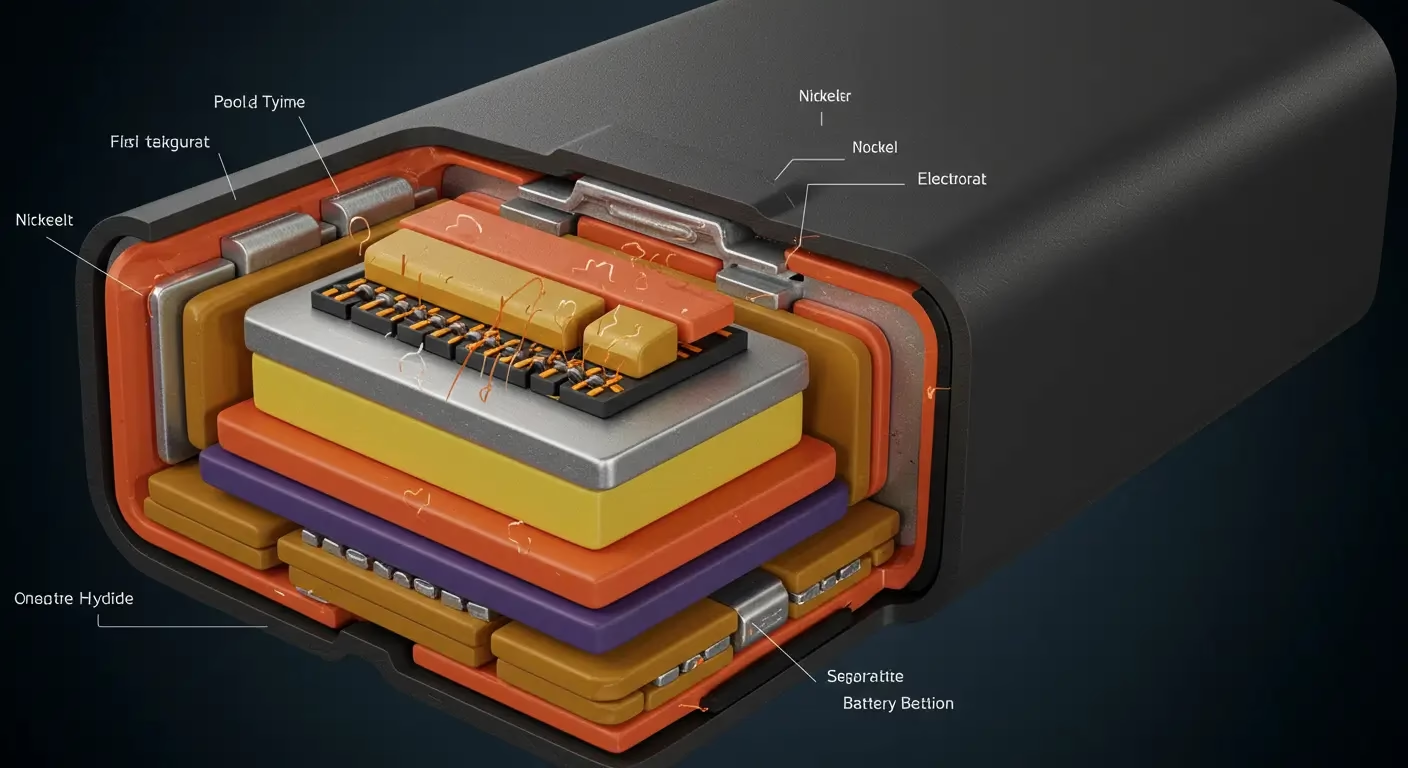Intro
How Long Do eBike Batteries Last on One Charge? Electric bikes are becoming more popular as an eco-friendly way to travel. The lifespan of a battery depends on its type, manufacturer, size, and how well it is maintained.
With proper care, a quality ebike battery can last over 1000 charge cycles, but it could outlive its expected lifespan for even more extended service.
Lithium-ion

Lithium-ion batteries are in millions of everyday devices, including laptops, cell phones, hybrid vehicles, and electric cars.
Lithium-ion technology has quickly become ubiquitous due to its lightweight, high energy density, and effortless recharge.
Unfortunately, their lifespan is limited; when kept fully charged for extended periods, they may experience irreparable damage and become unusable.
Lithium-ion eBike batteries usually last two to five years with proper use and care. To extend their life, charge them regularly.
Avoid overcharging or profoundly discharging the battery. Store the battery in a cool place. Use pedal assist when you can. This reduces strain on the cells and helps them last longer.
Lithium-ion battery cells come in three varieties: cylindrical, prismatic, and pouch. All have the same basic structure:
- Current collectors (positive and negative).
- An electrolyte solution.
- Separator that allows Lithium ions to pass between anode and cathode electrodes.
Once assembled into larger power systems, these individual batteries form packs containing hundreds or thousands of cells.
Battery longevity depends upon its chemistry and design; even poorly cared-for batteries may expire within two or three years.
Users must follow manufacturer recommendations for use, storage, and maintenance to maximize the longevity of lithium-ion eBike batteries.
Nickel-metal hydride

NiMH (nickel-metal hydride) batteries have been available since the early 1980s. Their design features a positive electrode made of nickel hydroxide with a hydrogen-absorbing alloy for the negative electrode, eliminating health and environmental concerns related to disposing and recycling heavy metals like cadmium.
NiMH battery chemistry has become the go-to battery technology in consumer electronic devices, prioritizing run time and electric vehicle applications.
It provides an ideal combination of high energy density, improved high-rate capability, and strong tolerance to over-discharge.
Nickel metal hydride cells are cylindrical cells constructed by winding nickel wire into coils. They can be of various sizes to meet individual applications.
An alkaline electrolyte, potassium hydroxide, separates two electrodes and provides electrical insulation. Woven polyolefin insulation offers extra electrical protection. An electrically conducting copper-plated nickel plate covers the bottom of each cell.
Overcharging a nickel-metal hydride battery can result in the buildup of gases that lead to pressure imbalance within it, and an imbalance of gases can create an explosive combination of hydrogen and oxygen, venting out through its safety vent and diminishing cycle life.
While designed with a resealable safety vent to prevent overcharging during normal usage or standby settings at lower energy consumption rates than its capacity, overcharging may still occur when charging is lower than its capacity rate.
Lead-acid

Ebikes offer a convenient, eco-friendly method of travel. However, their performance depends on the quality and care taken with their battery.
If you ride it less frequently or follow manufacturer guidelines for charging and storage (cool, dry places away from direct sunlight are ideal), it may take time to reach total capacity.
Regular riding may help the battery reach its potential faster, but even then, properly storing it could prolong its lifespan and the battery’s lifespan.
Lead-acid batteries, common in low-cost e-bikes, are oldest type. They typically last only 300 to 500 charge cycles before the performance begins to degrade, making them heavier and less durable than lithium-ion or nickel metal hydride systems.
As part of their charging process, lead-acid batteries emit hydrogen gas (H2) as an unwanted byproduct from an electrochemical reaction, which converts lead sulfate back into lead and sulphuric acid. Store in a well-ventilated area to release gas safely.
It would help to use a charger that keeps the voltage below the gassing threshold. Otherwise, your battery could be damaged.
Keep the battery charged up to 50% for the best results to avoid over-discharging. Also, clean the vents now and then to remove dirt.
This dirt can block ventilation. Keeping the battery charged this way will help prevent over-discharging and ensure good ventilation.
Other
Your electric bike battery is at the core of its performance and range. However, choosing the appropriate battery requires understanding the relationship between power (voltage) and energy capacity (amps or Watt-hours). Watt hours indicate how much power a battery can generate in one hour.
You will require a higher watt-hour rating for hilly terrain than when riding on paved roads with hybrid tires and smooth pavement.
Furthermore, an increased peak power rating can help you overcome challenging terrain or sudden movements with its extra power boost.
Battery chemistry, size, and structure affect how long an eBike battery holds a charge; proper care and storage can significantly extend its lifespan.
Most eBike batteries should last 500 to 1000 charge cycles, depending on your ride, riding style, and the conditions in which they are used.
Store in a cool, dry place and fully charge before riding.
Contact a local specialist shop for further inquiries about your battery’s health.










